#Arij
Text
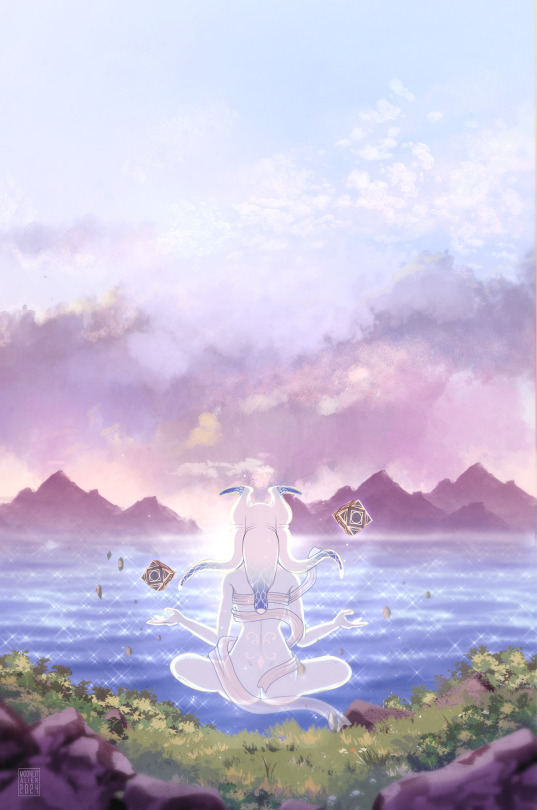
More quick background practice, this time with my jedi girl Tiamat <3
111 notes
·
View notes
Text

My OC. Arij Zavray 💜💜
18 notes
·
View notes
Text
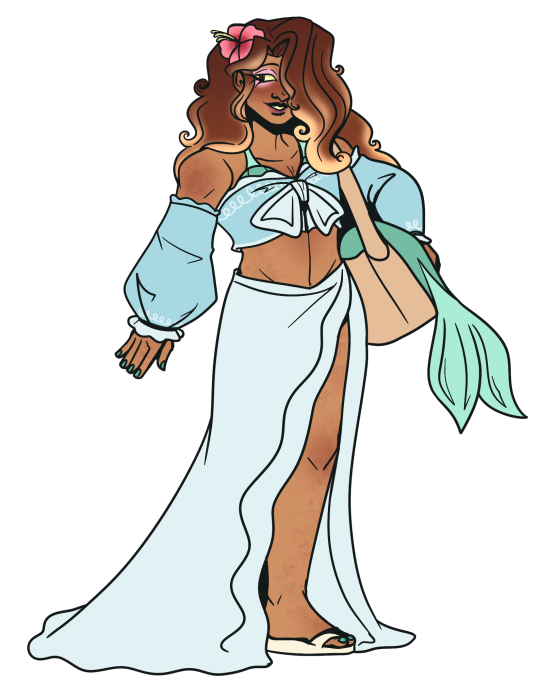
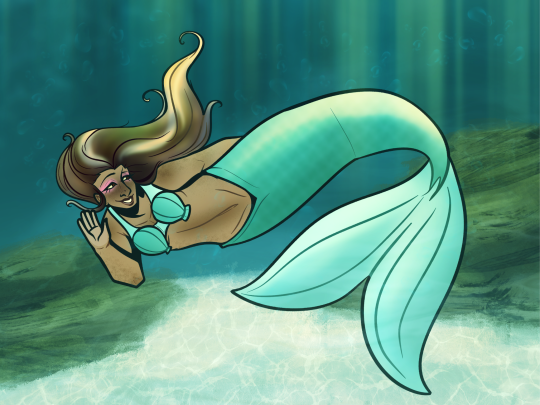
Sometimes you gotta get out the yearning to go to a beach by making an OC who swims professionally and then drawing them at work
Her name's Arije Drissi, and she's a mermaid! But like. One of those rlly talented performer mermaids who can breathe under water for a long time and somehow keep their eyes open. I need to develop her more, but man... yknow . 🧜♀️
#oh crap art#art#oc#artists on tumblr#Arije Drissi#mermaids#but not rlly#the first pic I did eons ago as just her normal ref but I thought itd be best I posted her normally along w the underwa#underwater art#that im rlly proud of honestly which is like the only reason yall are getting oc art from me
16 notes
·
View notes
Text
I don't like much talking about my family's experiences with the Holocaust, given that there's only so much I can say about it before breaking down unconsolably, but genocide apologists are currently making it difficult not to speak on those experiences.
#The Biophone gets personal#re: the last post#RIP Cousin Jacob. you would have been appalled at the war crimes people are excusing.#for that matter: RIP Over-Over-Opa Arij (who blessedly died of natural causes). you would have been disgusted at what crimes are happening.#okay that's all the RIPs I can do without crying.#Holocaust tw#genocide tw#murder tw#death tw#war tw#violence tw#text heavy
4 notes
·
View notes
Photo
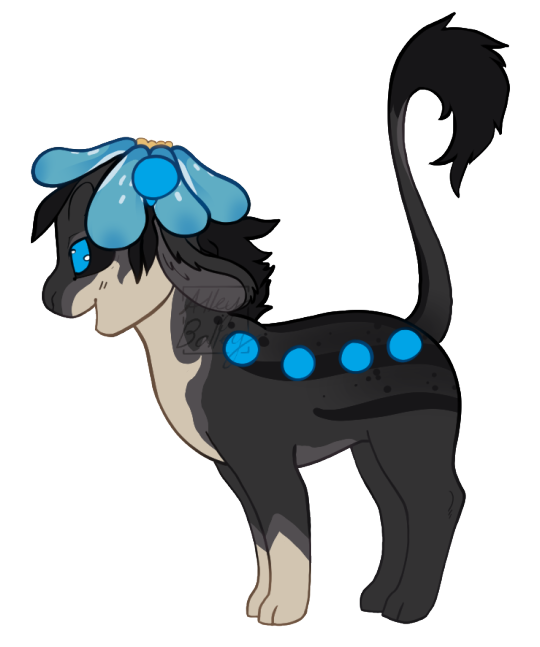
#Artist#Digital#Digital artist#digitalartist#digital-artist#traditional artist#traditional#paint phantom#paint-phantom#troubled artist#introverted-character-town#alleyballey#tumblr artist#twitter artist#commissions open#Arijous#arijou#deer#equine
7 notes
·
View notes
Text
What if I made my old skunk sister ocs rivals to Rough and Tumble for shits and giggles?
Haha just kidding unless-
#Sonic#idw sonic#rough the skunk#tumble the skunk#OC: Ayesha the Skunk#OC: Arij the Skunk#I am supposed to be asleep lmao
4 notes
·
View notes
Photo
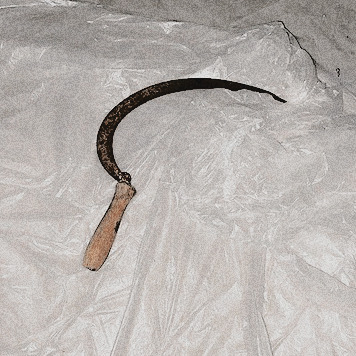

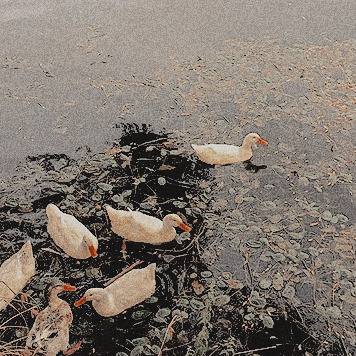

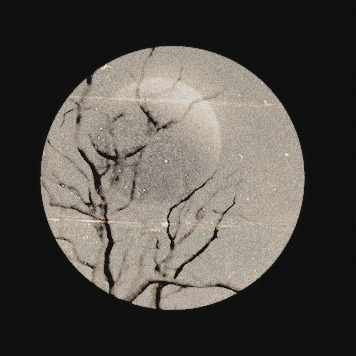
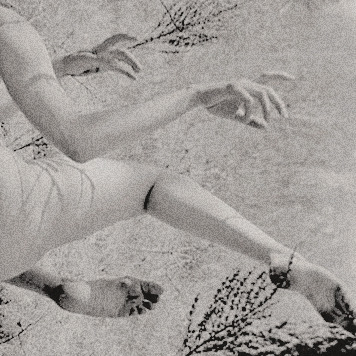
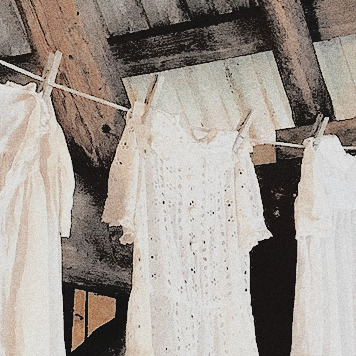
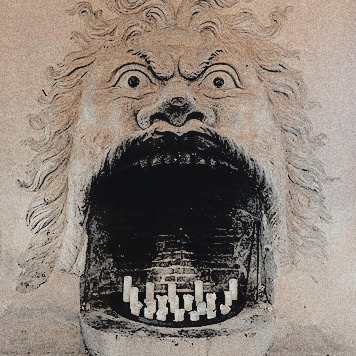
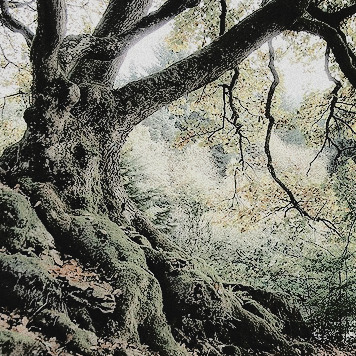
original character moodboards: Arij Ivanova
inspirée de Cold War (Paweł Pawlikowski, 2018) et Suspiria (Dario Argento, 1977 + Luca Guadagnino, 2018)
3 notes
·
View notes
Text
J.K. Huysmans over de Bièvre die door Parijs stroomt
De Franse schrijver J.K. Huysmans (1848-1907) besteedde veel van zijn verhalen aan het echte leven in zijn tijd. Zo schreef hij ooit over het misbruik van de rivier de Bièvre, die door Parijs stroomde. Een rivier die in zijn tijd ernstig vervuild raakte door leerlooierijen en ververijen van wol en huiden. Bijgaande foto’s geven een impressie van hoe dat eruit zag.
De Bièvre is op dit moment het…

View On WordPress
#19-de eeuws#aluin#arbeid#Arij Prins#De Nieuwe Gids#decadentie#Frans#het echte leven#huiden#kalk#leerlooierij#misbruik#naturalist#rivier#ronselaars#schrijver#stank#Symbolisme#vachten#vellen#verhalen#ververij#vervuild#vraatzuchtige kooplui#vuiligheid#witlooister
0 notes
Text
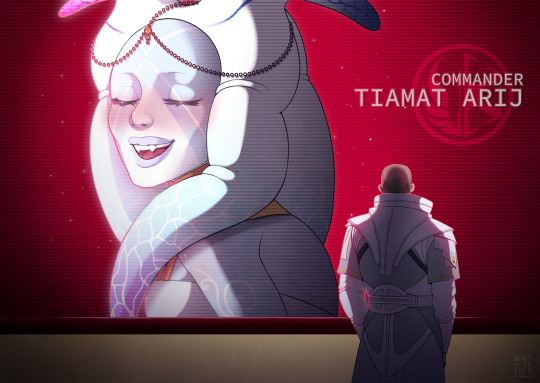
A redraw challenge has been making the rounds on Twitter lately so of course I had to do it with Tiamat and Arcann ❤️
#swtor#star wars#the old republic#arcann tirall#jedi knight#togruta#OC: Tiamat Arij#moonlit art#redraw#illustration
118 notes
·
View notes
Text
5 So be thou patient with a sweet patience;
4 To Him the angels and the Spirit mount up, in a day whereof the measure is fifty thousand years.
0 notes
Note
do you know anything about native wildlife or plant life in palestine? particularly interested in primates because that's always what i'm most interested in but i'd really like to know more about what the animals and plants native to the land are like. what they were like pre israeli occupation and what sort of animal and plant life will need repairing when palestine is free. i hear a lot about the people and the human palestinian culture and it's wonderful but it's difficult for me to find anything regarding nonhuman life and i would like to learn more about it.
Honestly, the topic of Palestinian wildlife and its intersection with colonialism has been something that has increased a lot over the past couple of years. I can't offer anything about primate species (Palestine doesn't have any) but we do have lots and lots of very cool native animals like Gazelle and Caracal and Sand foxes and lots of bats and gerbils and snakes.
The Palestine Wildlife Society actually has a website with lists of all the animals found in Palestine and what level of conservation status they are at (plus the Arabic names): https://www.wildlife-pal.org/en
The Palestinian Central Bureau of Statistics also reported back in 2012 that:
There are about 51,000 living species (flora and fauna) in historical Palestine, constituting approximately 3% of global biodiversity.
In the West Bank and Gaza Strip there are an estimated 30,904 animal species, consisting of an estimated 30,000 invertebrates, 373 birds, 297 fish, 92 mammals, 82 reptiles, and 5 amphibians. Recent studies on birds in Palestine indicated that there are 373 species, which represent 23 Orders, 69 families, 21 Subfamilies, and 172 genera. The country also hosts 2,850 species of plants from 138 families.
And also added in 2014:
Israeli Violations are the main causes of Biodiversity deterioration
Based on 2012 data from ARIJ Research Institute, the Expansion and Annexation Wall has a total length of about 780 kilometers, of which 61% has been completed. The route of the Wall has isolated 680 km2 of Palestinian land between the Wall and the Green Line, comprising approximately 12.0% of the West Bank. This land comprises about 454 km2 of agricultural, pasture land and open areas, 117 km2 that were confiscated for Israeli settlements and military bases, 89 km2 of forest and 20 km2 Palestinian built-up land.
During 2013, more than eight thousand dunums of land were confiscated from Palestinians and more than 15 thousand horticultural trees were destroyed, causing considerable damage to the Palestinian environment and biodiversity.
The Israeli settlements and military bases also contribute in the biodiversity deterioration since there were 482 Israeli settlements and military bases in the West Bank at the end of 2013 contained around 563,546 settlers at the end of 2012.
Climate change is the most important natural factor that contributes to biodiversity degradation in Palestine. More animal and plant species have become under serious threat of becoming rare due to low rainfall, high temperatures, and the changing characteristics of the four seasons, in which drought is creeping into winter and spring.
The mountain Gazelle is currently endangered and this is due mostly to the building of roads and fences as well as predation and collisions with cars (the article also references the building of housing units in Mitzpeh Nafto'ah, which one of the areas where, in 2012, Israeli developers wanted to 'build up Jerusalem'). As of 2015, there were around 2,000 identified Gazelles within the Palestinian territories and historic Palestine. The mountain Gazelle look like this:
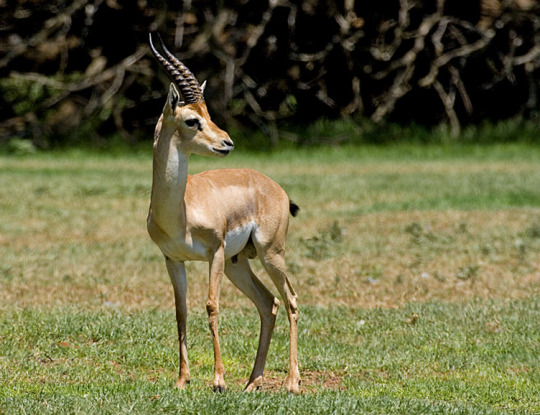
There have also been efforts for plant conservation in Palestine like the Iris Atrofusca, which has an extremely fragile population and is found almost exclusively within Palestine - a botanical garden was established for this particular Iris in the North Eastern Slopes of Palestine and in 2021, 120 clones of Iris Atrofusca were planted. Here is what they look like:

(also very interesting, sheep do not eat it!)
Probably most famous is the extinction of the Palestinian Crocodile, the last rhetorical circulation to 1935. Elizabeth Bentley wrote a great piece on it, you can read the full PDF on the Institute of Palestine Studies website or the edited (with permission) one published to Science for the People Magazine, I copied a segment from the latter here:
Colonial zoologists and collectors saw and appreciated Palestine’s bountiful plants and animals as objects of scientific inquiry. This scientific appreciation was inextricable from imperialist ambitions and the drive for profit. There were no wildlife protection laws in Palestine until 1924, which was after crocodiles’ likely regional extinction, and even then, the laws were loosely enforced. Colonial zoologists not only observed and wrote about Palestinian animals in their natural habitat. These zoological works were one of extraction and commodification.
Euphemistically termed processes of “collection” involved a network of human and nonhuman actors, whereby colonial zoologists hunted and killed Palestinian animals, studied them, and transported their remains overseas. Disemboweled, stuffed with wire and flax, and then displayed in glass cases, Palestinian animals were reanimated as spectacles for the viewing pleasure of museumgoers in London and Berlin.
While aligned with the broader trends in colonial zoology, the allure of the last Palestinian crocodile surpassed the confines of scientific inquiry; it adapted a symbolic, even mythical quality. Colonial zoologists’ ongoing speculation about Palestinian crocodile extinction necessitated a degree of willful (or internalized) unknowing about Palestine and Palestinians. Colonial zoologists were heavily dependent on Palestinians’ ecological expertise. Despite this, their writings convey mistrust and condescension toward Palestinians, along with a detachment from how local populations lived alongside Palestinian ecology.
Colonial scientific literature on Palestinian animals frequently perpetuated the racist, historically inaccurate outlook of “science for the West, myth for the rest.” Yet colonialist writings on the last Palestinian crocodile reflected their own symbolic attachments and investment in mythical thinking.
So there is a lot of work to do in regard to animal and plant conservation and several extinct animals I didn't bring up here but It is a deep dive and goes a lot farther than a lot of people consider. The Palestine Wildlife Society has a massive catalog and I hope you look through it!
1K notes
·
View notes
Text




Another student in Canada was suspended for voicing her opposition to genocide. Please send an email to support Arij Al Khafagi, disciplined for opposing Israeli violence.
ACT NOW
Arij Al Khafagi, a fourth year nursing student, was recently suspended from the Bachelor of Nursing Program at the U. of Manitoba, with a five-year reprimand on her academic transcript! Despite being an exemplary student, and president of the Nursing Students' Association, Arij was harshly disciplined for social media posts she had made which were critical of Israel's violence against Palestinians. With no concern for the trauma Arij felt as an Arab student, and without consulting neutral experts on racism, the U. of Manitoba caved to vague criticisms that Arij's posts opposing Israeli violence were antisemitic.
https://linktr.ee/cjpmeofficial
Go to the link below to send an email to the President and executives of the U. of Manitoba. Arij must be reinstated, and free speech at the U. of Manitoba must be protected.
https://www.cjpme.org/reinstate_arij
#universityofmanitoba#freespeech#free gaza#free palestine#gaza genocide#gaza strip#palestinians#palestine#from the river to the sea palestine will be free
197 notes
·
View notes



